Every drop counts in preserving our environment, yet many property owners unknowingly waste thousands of gallons annually. Through smart landscape water management strategies, we can protect our finite resources while maintaining vibrant yards that thrive year-round.
We help homeowners and businesses create sustainable outdoor systems that prevent flooding, reduce runoff pollution, and keep local waterways clean. Our team combines innovative technology with nature-inspired designs to solve common irrigation challenges.
By balancing beauty with ecological responsibility, we transform properties into low-maintenance spaces that save money and support healthy ecosystems. Whether you’re dealing with soggy lawns or thirsty flower beds, customized solutions exist for every situation.
Key Takeaways
- Proper drainage systems prevent costly flood damage to properties
- Native plant selection reduces irrigation needs by up to 50%
- Smart controllers adjust watering based on real-time weather data
- Permeable surfaces help replenish groundwater supplies naturally
- Regular maintenance extends system lifespan and prevents waste
Ready to make your yard both stunning and sustainable? Our experts in DC, Maryland, and Virginia are available 24/7 at +1-833 888 2533 to discuss personalized conservation plans.
Introduction to Sustainable Water Practices
Heavy rains shouldn’t turn your yard into a swamp or send pollutants racing toward streams. Many properties struggle with excess runoff that damages structures and harms ecosystems. That’s where smart planning makes all the difference.
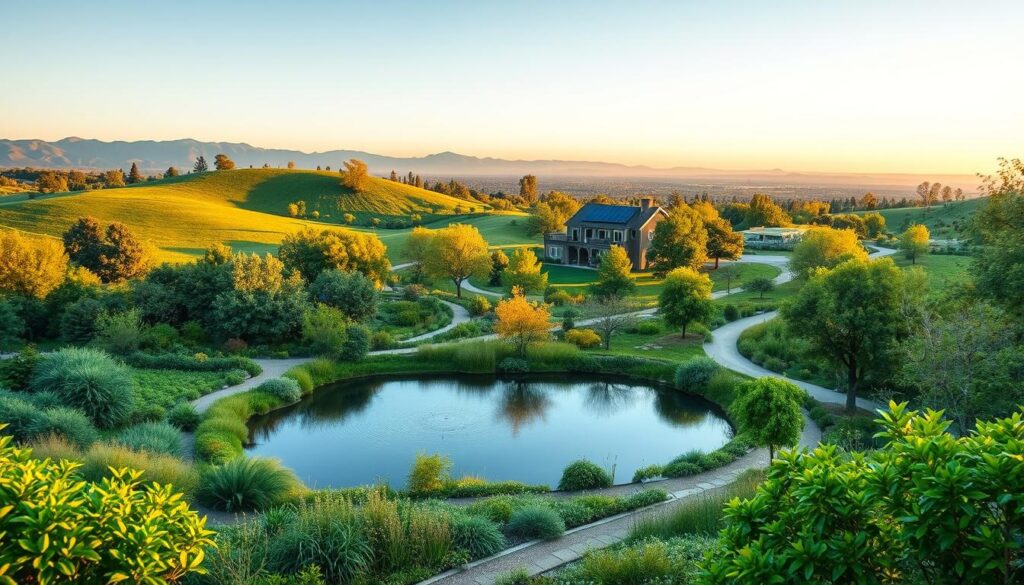
Understanding Our Water Challenges
Storm surges don’t just flood basements—they carry fertilizers, oil, and debris into rivers. This mix threatens water quality for wildlife and communities downstream. We’ve seen how even small properties can create big impacts during extreme weather.
Our team studies how rainfall interacts with your soil, slopes, and plants. Solutions might include rain gardens that filter contaminants or drainage systems that redirect flow safely. The goal? Protect your property while keeping nearby creeks and rivers clean.
By managing water where it falls, we reduce erosion and prevent costly repairs. Natural absorption methods also help maintain groundwater quality during dry spells. It’s about creating balance—handling deluges without wasting precious resources.
Need help turning runoff problems into eco-friendly solutions? Call us anytime at +1-833 888 2533. We’ll design systems that work with nature’s rhythm, not against it.
Effective Landscape Water Management Strategies
Smart planning turns weather challenges into opportunities for property enhancement. Our seven-strategy system transforms ordinary yards into eco-friendly spaces that handle downpours and droughts with equal grace. These methods work together to keep your grounds beautiful while protecting local ecosystems.
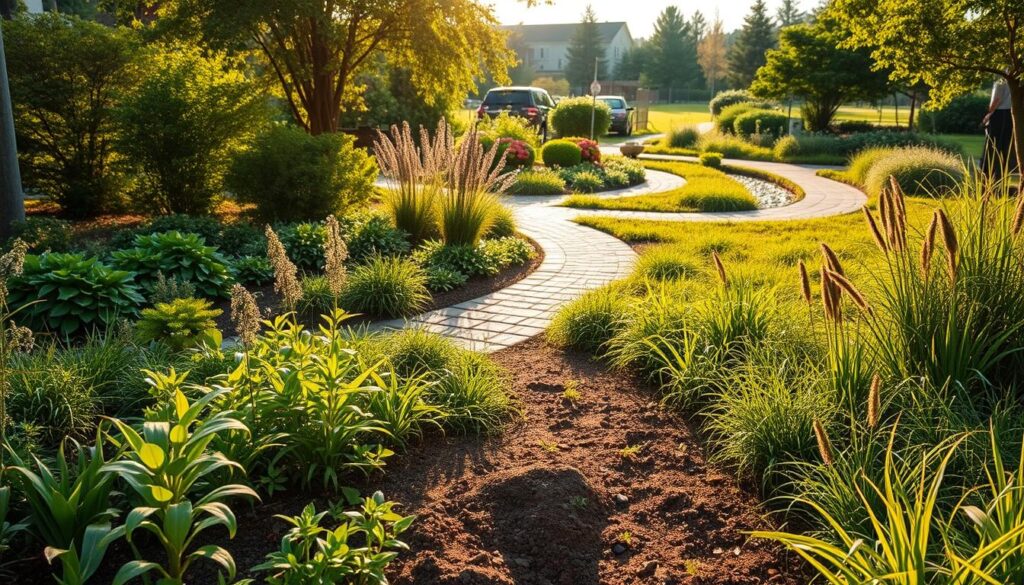
Core Solutions for Modern Properties
We focus on three main goals: slowing absorption, filtering contaminants, and directing flow naturally. Rain gardens become living filters that trap pollutants before they reach storm drains. Permeable pavers allow precipitation to seep into the earth rather than racing toward streets.
Strategic tree placement provides shade that reduces evaporation, while upgraded soil acts like a sponge during heavy rains. These layered approaches prevent erosion and keep nearby streams cleaner for everyone.
Resource-Smart Techniques
Our team combines rainwater harvesting with smart plant choices to slash outdoor water use. Captured stormwater irrigates gardens during dry spells, reducing reliance on treated supplies. Native species thrive with minimal care, needing 40% less irrigation than traditional lawns.
We’ve seen how these systems protect foundations from stormwater damage while creating habitats for local wildlife. The result? Yards that stay lush without wasting resources or harming waterways.
Ready to upgrade your property’s performance? Call +1-833 888 2533 or email info@dmvwp.com for custom solutions that handle whatever the sky delivers.
Building Healthy Soil for Water Retention
Healthy soil forms the backbone of every thriving yard. When earth becomes compacted or sandy, it can’t properly absorb moisture or support plant life. We transform these challenging conditions into nutrient-rich environments that retain water and resist erosion naturally.
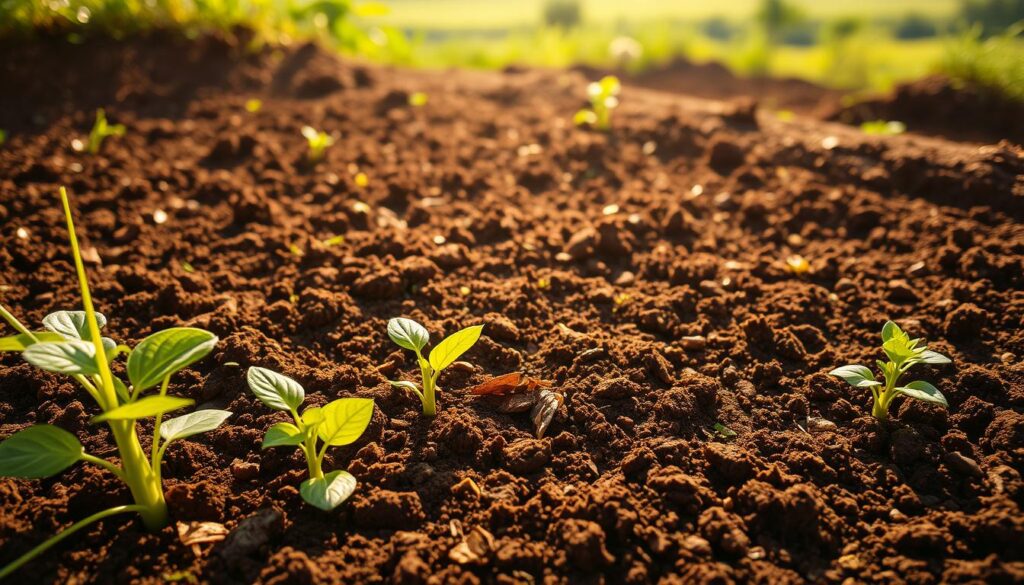
Improving Soil Structure with Organic Matter
Compost acts like a superhero for dirt. Mixed into heavy clay, it creates air pockets that allow water to infiltrate faster. Added to sandy soils, it helps hold moisture and nutrients where roots need them most. Our team uses tested blends that:
- Boost beneficial microorganisms by 300% within 6 months
- Increase water absorption capacity by 40-60%
- Reduce fertilizer needs through natural nutrient release
Preventing Soil Erosion and Runoff
Bare earth washes away during storms, taking pollutants straight to storm drains. We plant deep-rooted ground covers that anchor soil in place and slow water flow. Strategic berms and swales redirect excess rain to absorption areas, protecting your home’s foundation.
Mature trees play a surprising role—their root systems can drink hundreds of gallons during heavy rains. Combined with permeable surfaces, these solutions keep 90% of stormwater runoff on your property where plants can use it.
Want soil that works smarter? Visit our five DMV locations for professional assessments. We’ll show you how to create earth that nourishes plants while protecting local waterways.
Designing and Installing Rain Barrels and Rain Gardens
Transform rainfall into a free resource while protecting your property from runoff issues. Our team crafts custom systems that blend practicality with natural beauty, turning ordinary yards into eco-friendly assets.
Selecting Proper Storage for Rainwater
Not all barrels work equally well. We match container size to your roof area—a 1,000 sq ft roof can collect 623 gallons from just one inch of rain. Our designs include mosquito-proof screens and overflow pipes that redirect excess flow safely away from foundations.
Planning Your Rain Garden Layout
Strategic placement matters most. We position these planted basins 10+ feet from structures on natural slopes, using native species that filter pollutants. One client’s garden now catches 85% of driveway runoff before it reaches storm drains.
Installation and Maintenance Tips
Proper setup ensures long-term success. We:
- Amend soil with compost for better absorption
- Choose plants thriving in wet/dry cycles
- Add mulch layers to prevent weeds
Seasonal checks keep systems working flawlessly. Many local municipalities offer rebates—we’ll help you claim available incentives.
Serve Washington DC, Rockville, North Bethesda, Manassas, and Ashburn with expert installations. Call +1-833 888 2533 to start harvesting rain smarter tomorrow.
Integrating Native Plants and Permeable Surfaces
The secret to a resilient yard lies beneath your feet—in the plants you choose and the surfaces you walk on. Native species and permeable materials work together to create self-sustaining ecosystems that handle rainfall naturally while beautifying your space.
Deep-rooted natives like switchgrass and black-eyed Susans act as nature’s sponges. Their extensive root systems allow water to infiltrate soil up to 10 times faster than shallow turfgrass roots. Once established, these plants thrive in local conditions with minimal care.
Choosing the Right Native Plants
We match species to your property’s unique microclimate and soil type. For shady areas, foamflowers stabilize slopes while attracting pollinators. In sunny spots, butterfly weed combats erosion with vibrant orange blooms. Our selections:
- Survive droughts without irrigation
- Filter pollutants through natural processes
- Provide habitats for local wildlife
Permeable surfaces complete the system. Decorative gravel pathways let rain seep through gaps between stones. Interlocking pavers with crushed stone bases manage water flow in high-traffic zones. Even driveways can become eco-assets using grid systems filled with creeping thyme.
Visit our DMV locations to explore options combining beauty and function. We’ll help you create inviting spaces where every rainfall nourishes your garden instead of overwhelming storm drains.
Optimizing Irrigation Systems and Landscape Maintenance
Efficient irrigation isn’t just about saving resources—it’s about creating self-regulating systems that adapt to weather patterns. We combine smart technology with proven techniques to keep your grounds thriving through every season.
Smart Irrigation Practices for Efficiency
Our team installs controllers that sync with local weather stations, adjusting schedules based on real-time data. Soil moisture sensors prevent overwatering, while pressure-regulated zones ensure even distribution. Proper system design prevents runoff, allowing earth to absorb every drop naturally.
Seasonal Maintenance and Upgrades
Regular checkups catch leaks before they waste resources. We recommend:
- Clearing sprinkler heads before summer droughts
- Installing French drains in low-lying areas
- Upgrading to rain sensors that pause watering during storms
These proactive steps protect your property from erosion while keeping plants healthy. Our 24/7 team handles emergencies—from clogged drains to pump failures—ensuring systems work when you need them most.
Ready to transform how your yard uses rainwater? Call 1-833 888 2533 for irrigation solutions that balance beauty with smart resource use.
FAQ
Why should we consider installing a rain garden?
Rain gardens capture runoff from roofs or paved areas, allowing stormwater to soak into the ground naturally. They reduce erosion, filter pollutants, and support native plants that thrive in local conditions. Plus, they add beauty while protecting nearby streams and lakes.
How do permeable surfaces improve water quality?
Permeable pavers, gravel, or mulch let rainwater seep into the soil instead of flowing into storm drains. This reduces flooding, filters out contaminants, and replenishes groundwater. It’s a simple way to minimize runoff and keep our yards functional.
What makes native plants ideal for managing stormwater?
Native species have deep roots that stabilize soil, prevent erosion, and absorb excess moisture. They’re adapted to regional rainfall patterns, requiring less maintenance and irrigation. By choosing them, we create resilient ecosystems that handle wet and dry cycles effortlessly.
Can a rain barrel really make a difference?
Absolutely! Collecting roof runoff in barrels provides free water for gardens and reduces demand on municipal systems. Even a single barrel can save hundreds of gallons annually, especially during peak summer months. It’s an easy first step toward smarter resource use.
How often should we maintain irrigation systems?
Check drip lines, sprinklers, and timers every spring and fall. Look for leaks, clogs, or misaligned spray heads. Upgrading to smart controllers with weather sensors can cut waste by adjusting schedules based on real-time conditions. Regular upkeep ensures efficiency year-round.
What’s the best way to prevent soil erosion on slopes?
Use groundcover plants, mulch, or terraced retaining walls to slow downflow. Organic matter like compost improves soil structure, helping it hold moisture longer. For steep areas, consider French drains or rock channels to direct water safely away from foundations.

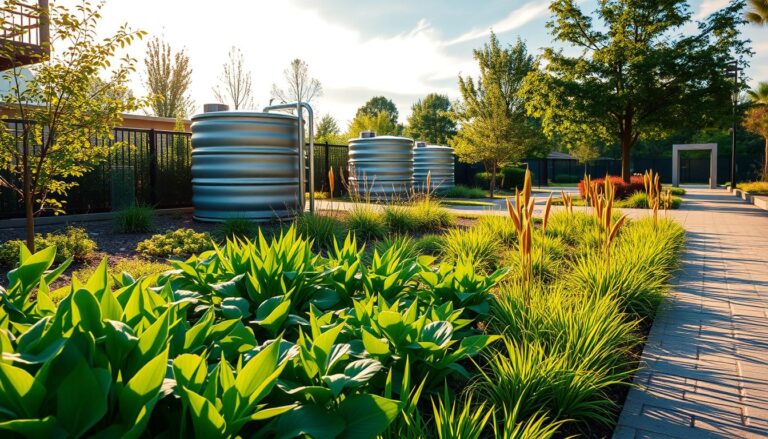
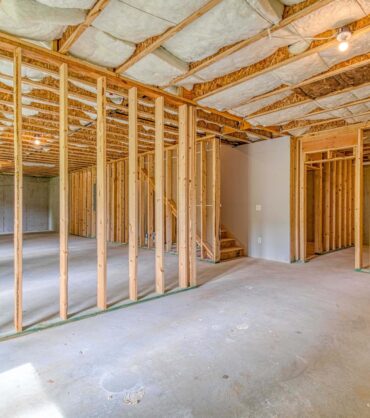
![[GetPaidStock.com]-680786795b816 [GetPaidStock.com]-680786795b816](https://dmvwp.com/wp-content/uploads/2025/04/GetPaidStock.com-680786795b816-370x418.jpg)

![[GetPaidStock.com]-682c400c87c15 [GetPaidStock.com]-682c400c87c15](https://dmvwp.com/wp-content/uploads/2025/04/GetPaidStock.com-682c400c87c15-370x418.jpg)
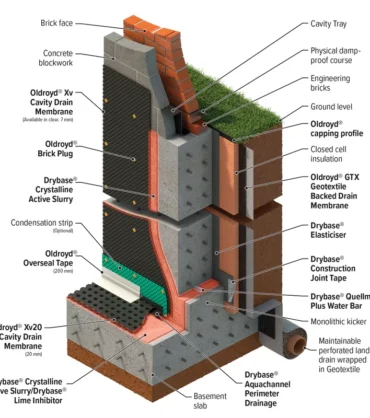
![[GetPaidStock.com]-682c413fa898e [GetPaidStock.com]-682c413fa898e](https://dmvwp.com/wp-content/uploads/2025/03/GetPaidStock.com-682c413fa898e-370x418.jpg)